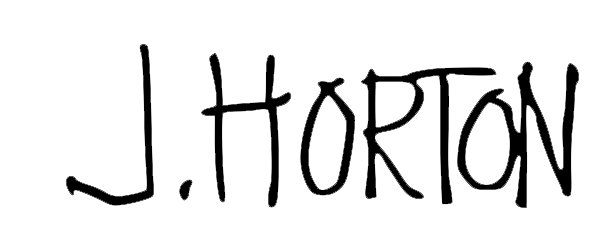Bio
Jeff Horton is an Arkansas-based abstract painter, architect and sculptor. Raised in Weston, Missouri, a small rural farming community outside Kansas City, he grew up surrounded by landscapes similar to the rural Arkansas environments that now influence his work. After graduating with a Bachelor's of Architecture degree from the University of Kansas, Horton moved to the San Francisco Bay Area, where he continued to study art while beginning a career in architecture. In 1993, he relocated to Arkansas, establishing his current practice in Little Rock.
Horton's architectural training manifests in his artistic practice through his careful attention to composition, spatial relationships, and structural elements. His work often explores the tension between the ordered precision of architectural design and the fluid, organic qualities of the natural landscape. This duality allows him to create abstract works that feel both meticulously constructed and emotionally expressive.
Horton’s work has been exhibited at the Arkansas Museum of Fine Arts in Little Rock, Arkansas, in a solo exhibition titled “Tensions & Transformations”in 2025 at Boswell Mourot Fine Art in Little Rock, Arkansas and included in the 10th Anniversary Show in 2024 at Michael Warren Contemporary in Denver, Colorado. Horton was invited to be the 2021 Artist in Residence at the Rockport Center for the Arts in Rockport, Texas. He is in numerous corporate and public collections including Arkansas Heart Hospital, Baptist Health and Central Arkansas Library System.
© jeff horton artist

